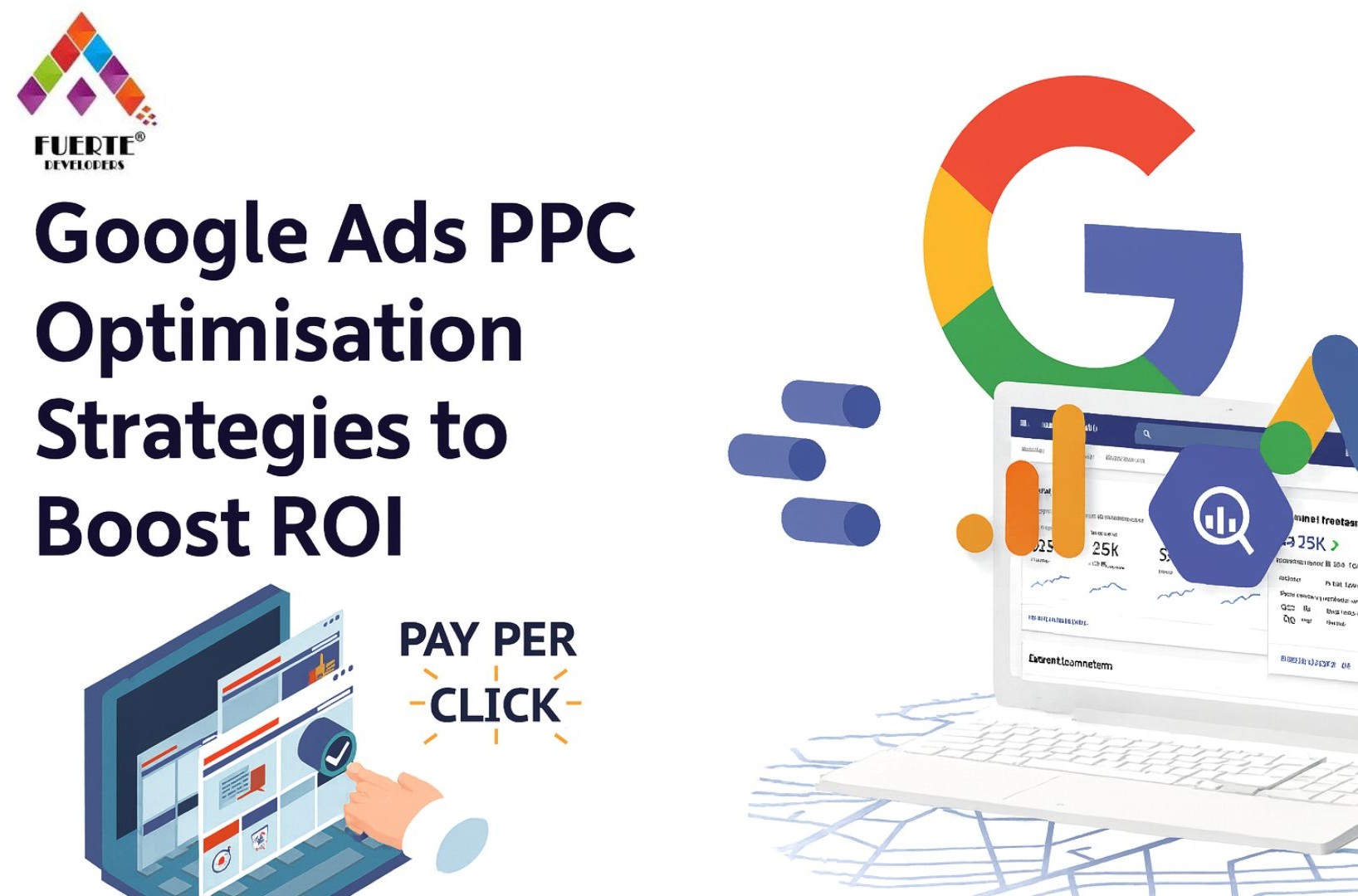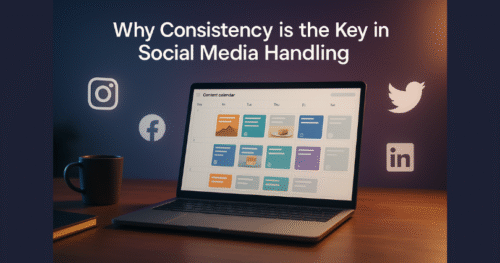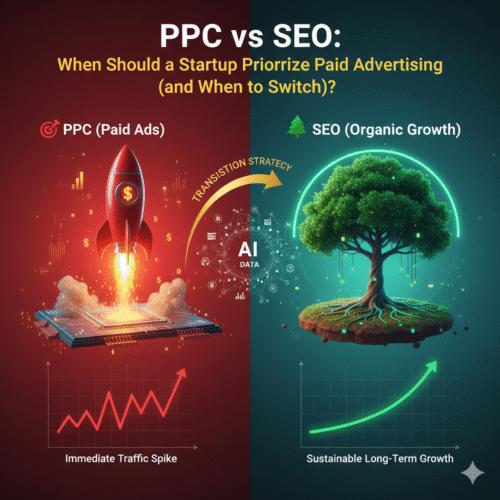Google Ads is still a top marketing tool. That said, as more people use it and costs increase, companies that just use general targeting or standard settings often waste money without seeing good results. The truth is, getting a high return on investment isn’t about spending more cash; it’s about being smarter about how you spend it.
In the future, doing well with PPC relies on using your info wisely, understanding what users want, and changing your campaigns in a smart way. If you have the correct setup and plan, even small budgets can do better than bigger ones.
PPC Isn’t About Spending More—It’s About Spending Smarter
Let’s look at some great Google Ads PPC improvements that can assist you in getting a better return, being more efficient, and staying consistent.
1. Start With Stronger Keyword Intent
A lot of advertisers pay attention to how often keywords are searched, but they miss the point of what people are actually looking for. Google Ads likes it when your keywords closely match what people want.
Types of Keyword Intent
- Commercial: These keywords show someone is ready to do something, like “best dentist in my area” or “price of a new TV.”
- Transactional: These are keywords like “schedule a doctor’s visit,” “purchase shoes,” or “start a free trial.”
- Informational: These keywords are used when someone is researching something, such as What are signs of a heart attack? or how to clean gold.
Many companies waste money on keywords that are too general and don’t lead to sales.
How to Make It Better
- Zero in on commercial and transactional keywords first.
- For more reach, use a mix of slightly broader and more specific keywords.
- Use negative keywords to keep out irrelevant searches.
Doing this helps make sure that every click is related to what you’re trying to achieve, which can help give your return on investment.
2. Build Tight, High-Relevance Ad Groups
Putting a bunch of random keywords into one ad group is a quick way to mess up your Google Ads. If your keywords are all over the place, Google can’t figure out who you’re trying to reach. Ads that don’t quite hit the mark in relevance to user searches can negatively impact your Quality Score and increase your cost per click. Your ads will miss the mark on what people want.
Instead, focus each ad group on a specific theme. For a jewelry store, separate ring keywords into diamond rings, wedding bands, or gold rings. Use similar keywords in each group to create focused ads.
When Google understands the purpose of your ads, it usually leads to increased clicks, an improved Quality Score, and reduced ad expenses. Plus, when the data is easy to understand, it’s simpler to make things better. When your ad group really matches what someone is searching for, every click is more useful, and you have a better chance of turning that person into a customer.
3. Optimise Your Ad Copies for Intent & Persuasion
Your ad copy decides whether someone scrolls past or clicks and buys.
Elements of a High-Performing Google Ad
- A headline that hits the user’s need right away.
- Your unique selling point.
- Reasons to believe you: reviews, how long you’ve been around, and any certificates you have.
- A clear call to action, such as “Book Now,” “Shop Now,” or “Contact Us.”
- Putting keywords in your ads to make them more relevant.
Instead of Diamond Rings for Sale, try something like Custom Engagement Rings | San Antonio’s Trusted Jewelers | Book Your Design Appointment. This should bring in not just more clicks, but the right clicks.
4. Use Smart Targeting for High-Intent Audiences
Instead of wasting money on casual browsers, smart targeting lets you reach people who want to act. Forget just using keywords; improve your ads by adding audience signals such as recent searches and website visits. Google can spot users who are close to buying. Someone searching for a good dentist near me or browsing different car sites is worth more than a random searcher. By aiming your ads at people comparing choices, you get better traffic, higher conversions, and less wasted money. Smart targeting brings clicks that count.
5. Strengthen Your Landing Pages → Boost Quality Score → Reduce CPC
Google checks out more than just your ad. It also looks at your landing page.
Landing Page Optimisation Tips
- Match headline with the keyword/search intent
- Show trust indicators: ratings, testimonials, certifications
- Fast loading speed (1–3 seconds max)
- Clear CTA above the fold
- Simple, clean layout
- Relevant visuals
- Zero distractions
- Mobile-first design
Lower CPC = higher ROI
When your landing page is good, your score gets better, and you pay less for each click.
6. Embrace Smart Bidding (But Feed Google Good Data)
Smart bidding improves PPC if set up correctly. Strategies like Maximize Conversions and Target ROAS let Google aim for more leads or better revenue. But these models rely on good data. Accurate tracking and well-organized campaigns help Google learn and make smarter choices. With strong signals, the system can give better results at a lower cost, letting you grow without wasting money.
7. Add Negative Keywords Weekly
Negative keywords are a simple way to avoid wasting money on the wrong traffic. By blocking terms like “jobs,” “free,” or “used,” you keep your ads away from people who aren’t going to buy.
Keeping your negative keyword list fresh can save you 20–40% on wasted money. This can also get more users to click, keep your campaigns running well, and bring in potential buyers. Go over your search terms often, look for any bad patterns, and block anything that doesn’t match what you’re trying to rank for. This small thing can really boost your ROI.
8. Use Geo-Targeting To Focus Budget Where You Convert
Geo-targeting focuses your ad spend where it counts. Instead of wasting money across broad areas, find the specific neighborhoods with strong sales. Put your money where it works and cut back where it doesn’t to get things working better. This way, you get more out of your money, get more clicks, save cash, and make sure your money goes to the people who are most likely to buy what you’re selling. This makes your ad campaigns more correct and makes you more money.
9. Test Ads, Pages, Bids, and Audiences Continuously
To improve Google Ads, testing is key. Stop guessing games and start using real user info to drive your decisions. Even small tweaks to things like headlines or bids can add up. The goal is simple. Use data to get better results over time. Regular tests show what works and where to spend for the best value. This improves your PPC for growth.
10. A Funnel-Based Approach Converts Better Than One-Off Clicks
Buyers often research before buying. A funnel-based PPC plan works better than one campaign. Start by raising awareness with broad searches and content. Keep users interested with remarketing on search and YouTube. Turn ready buyers into customers with high-intent keywords and remarketing. This structured approach mirrors buying habits and cuts costs.
11. Monitor Performance With the Right Metrics
Don’t spend time on clicks, Focus on the business’s overall performance.
Key PPC Metrics That Matter:
- Cost per conversion (CPA)
- Conversion rate
- Return on ad spend (ROAS)
- Quality Score
- Impression share
- Landing page experience
- Search term match quality
- Lifetime value (LTV) of customers
When you keep track of the appropriate indicators rather than meaningless metrics, your return on investment goes up.
Conclusion:
Google Ads isn’t a game of who spends the most money. Improve your results by using intent-driven keywords, organized ad groups, good ad text, and quick landing pages. Use smart bidding, refine negative keywords, target your audience precisely, budget by location, and use a funnel-based plan. Good PPC comes from good strategy and constant improvement, ensuring each click counts. Optimize smart, spend smart, and let ROI guide every decision. You’ll see your campaigns scale with consistency and confidence.







